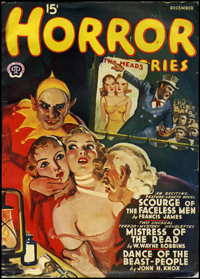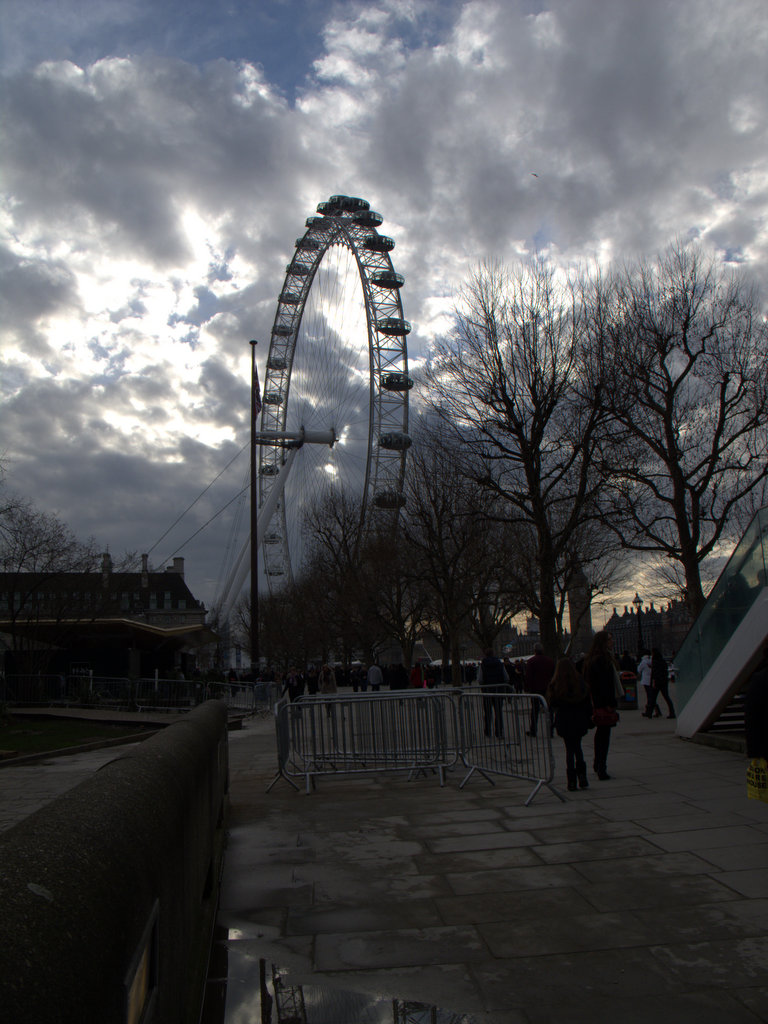Product management and product marketing are two fields where you can expect to travel often. Unlike sales, who usually have a territory, we cover the world and are called to travel widely.
 Every one of these jobs I have been in has advertised 25% of travel. And every one of them has underestimated the percentage of travel required.
Every one of these jobs I have been in has advertised 25% of travel. And every one of them has underestimated the percentage of travel required.
Pro-tip: If they tell you while interviewing that you will travel less than 25%, they don’t know what product management is.
Yes, we travel a lot, to a lot of places. Our IRL friends often think this is glamorous, and it was the first couple of years. But then it becomes a grind.
Fortunately, most travel is innocuous, and you are more likely to die of boredom waiting for planes, trains and automobiles than have a hair raising experience.
Thus, when something goes wrong, it will be a disaster:
Travel Agent Insanity
Today, most of my domestic travel I handle with the web based reservation system. It is usually efficient, and I have some control.
However, it hasn’t always been like that. When I first started in this career, we were at the mercy of the corporate travel agency. Being people, and having an “interest” in how they processed our travel, they would direct us to their preferred carriers and hotels (nb: places that gave them a commission or kickback)
Today it is better, but incompetence still rules the day. Some blunders:
Tickets not issued: this really happened. Circa 1999, I was flying to Japan in February to present a paper at a technical conference (I used to be really really smart). I booked the trip in November once I knew the paper had been accepted, knowing that I needed to be in Tokyo. At this time, I was quoted a pretty good fare (I don’t recall ever spending more than $800 round trip from SFO to NRT until 2006 or so).
So far so good.
I get to SFO on Saturday to catch my flight. I check in, and the counter agent sees my reservation but it wasn’t ticketed. apparently the agency didn’t ticket it because they thought I might not travel. So, it is Saturday, about 90 minutes before boarding time, and I am on the phone (on hold) waiting for an agent. Mind you this is in queue at the check-in counter, as I had no cell phone then. Then I get the message that I had been on hold for the maximum time they allowed for customer satisfaction purposes, that I could leave a message and an agent would get back to me.
Excuse me, I am at the airport, 90 minutes before my flight, I have a reservation, but the ticket was never purchased, and instead of answering the fucking phone, you dump me to voicemail?
Fortunately, I called our group administrative assistant at home, who got on the priority line and got my ticket purchased.
Today, I would just whip out a card and buy the ticket, but back then, if it wasn’t charged to the corporate card, it wouldn’t be reimbursed.
Going home wasn’t an option, as we co-wrote the paper with a large semiconductor manufacturer whose name begins with ‘i’, and is the largest IDM maker in the world.
Stupid routing: Once I was traveling to Busan South Korea from my home in Tucson Arizona. The way the ticket worked was that I flew through LAX to NRT, then switched carriers to get to Busan. I thought nothing of it when I booked the ticket.
I get to the airport to check in, and I get my ticket to Tokyo, but since the carrier from Tokyo to Busan was different, I needed to check in there. No big deal.
Except that it was a big deal. Apparently, you can’t check in more than 24 hours in advance, and I missed that by about 3 hours.
So, I get to Tokyo, needing to catch a flight to Busan, and I have 45 minutes between flights. A legal connection my idiot travel agent swears.
What I had to do: Land in Tokyo, go through customs, pick up my bags, go to the check-in counter at the other airline, check-in, go through immigration control and security, and board my plane. All in about 45 minutes.
Yes I made it, but the stress was incredible. And the irony is that the travel agent didn’t understand why it was stupid. And his fault.
Botched Instructions: One time, I was on a trip to California. I was in meetings, and supposed to return on Thursday. But I needed to extend the trip a day. So I called the travel agency and had them change my flight out on Thursday to be Friday. Seemed clear to me.
bzzzt: Wrong answer. The doofus travel agent canceled my return trip, and canceled my flight to Austin, TX the following Monday. So I had a trip with a flight into San Jose, and returning from Austin the following Friday (and I was already in San Jose). Nothing in the middle.
When I called up livid, he said he thought I wanted to cancel my return from San Jose and my flight to Austin.
I asked him if he thought how I was to get from San Jose to Austin, he thought I would just drive. Just 1,716 miles by road. Idiot.
Ended up re-booking my return, and my entire Austin trip. Of course < 6 day advanced notice meant that my return from San Jose was $800 (when my entire ticket was $250 before), and my trip to Austin was $1,400 (when it was $300 RT before he messed it up).
Naturally my boss wasn’t amused. Neither was I.
Canceled Flights and missed connections
Nothing is worse than that sinking feeling when you are going to miss a flight. Perhaps a meeting ran long. Or traffic snarls prevent you from getting to the airport. Whatever the reason, it can be a sucky day.
Those are things that you ultimately have some control over. But there are a class of insanity that will screw you even if you do it all right.
Canceled Flights: It used to be that flights were never canceled unless there was a DGR (damned good reason). A DGR would be a Typhoon headed for your destination. Or a plane crashed on the runway at an airport. Rare, and special.
But now the carriers are maximizing their revenue by ensuring that seats are filled. All too often, an underutilized flight will be canceled, and the luckless passengers will be crammed into the next flight. This happens all the time now (cough US-Air cough, cough United cough). Last month I got my ass out of bed at 3:30 to catch a 6:30 flight to be in San Jose by 8:30. Of course, they canceled my 6:30 flight due to “mechanical” troubles (the trouble being that it was only about a quarter full), and instead crammed us all into the 8:30 flight. Got to San Jose at 11:30 (one stop instead of non-stop).
This used to happen a lot when I lived in Tucson. United would get you to Phoenix, then cancel the last flight to Tucson at night, so you would end up renting a car and driving the 2 hours home.
Even Southwest, a carrier that almost never canceled flights is getting into the game.
The worst one for me was a flight to Dublin (via London). British Airways, direct from PHX to LHR. Departs at 9:00PM. Except that when I got to the airport, it was delayed 6 hours, and wouldn’t depart until 4:00AM. Of course, that fouled up my connecting flight, so I got to stay in the LHR hotel, and get up at 4:00AM to catch the first flight to Dublin. Fun.
Once, I was flying to Taiwan. There was a Typhoon, but as I checked in for my first flight to Tokyo, the agent said all was well, that the Typhoon wouldn’t interfere. Lies. The typhoon camped out on the Taiwan island for several hours, so I got to spend a night at the Narita airport, before getting on a plane at 5:00AM specially for us to get to Taiwan the next day.
Missed Flights: Of course, since flights are fuller, and the advent of baggage fees means that people are trying to carry on way too much baggage, this makes for fun if you happen to miss a flight.
It used to be (and as an elite traveler) pretty simple to get on another flight later. But this is no longer true or applicable. If you miss a flight, it will often take 5 or 6 hours, and as likely as not a bizarre connection to get home. Oh, and if you miss an evening flight, I hope you enjoy the hotel they put you up in.
This usually means that you get to spend some quality time at the customer service desk. It can be entertaining to see the people in front of you reading the riot act to the customer service personnel, but it really isn’t helpful to yell at them. They didn’t make the plane late, or decide to cancel the flight. They are victims as much as you are. Be polite to them, and they may give you an extra meal voucher.
Summary
When you put as many miles on as a typical product manager, you are bound to experience the best and worst of travel. At one point I flew so much international United Airlines flights that I got free upgrades to business class almost every flight. That was choice. Of course it no longer happens.
With the advent of telepresence and webcasts, the demise of the need to travel has been foretold, but in the end, a good fraction of what I do requires making personal connections, and that means going out to visit customers in their native environments.
As long as I will be traveling, I am certain I will continue to amass horror stories.

